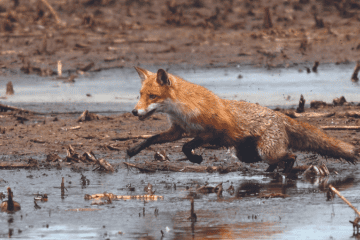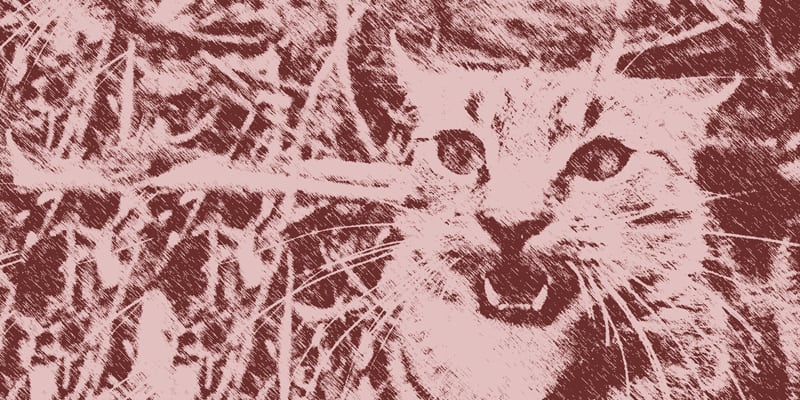In September 2014 we made a submission into the Australian Government’s inquiry into the adequacy of arrangements to prevent the entry and establishment of invasive species likely to harm Australia’s natural environment.
The inquiry was conducted by the Senate Environment and Communications References Committee.
Our 170-page submission shows Australia has suffered major losses due to invasive species and provides data and case studies that indicate ongoing, serious, and systemic flaws in environmental biosecurity.
It addresses each of the terms of reference and makes recommendations to strengthen environmental biosecurity to prevent the flow of new invasive species that continue to arrive and establish with deadly consequences for the Australian environment. The submission was endorsed by 30 national and state conservation organisations.
Also submitted was a collection of 15 case studies that form an attachment to the primary submission. These detailed case studies consist of examples of 12 recent incursions, 4 high risk potential incursions and one demonstration of the illegal internet plant trade.
Invasive Species Council submission – executive summary (1.4MB) >>
Invasive Species Council submission – executive summary and full submission (2MB) >>
Invasive Species Council submission attachment – case studies (5MB) >>
Committee progress
The Committee completed its final report on 13 May 2015. The tri-partisan report contained 26 recommendations.
More info
Our input and analysis
- Invasive Species Council submission to the inquiry >>
- Invasive Species Council submission attachment – case studies >>
- Biosecurity failures in Australia: 12 case studies >>
- Inquiry submissions say that environmental biosecurity needs fixing >>
- Environment Health Australia >>








